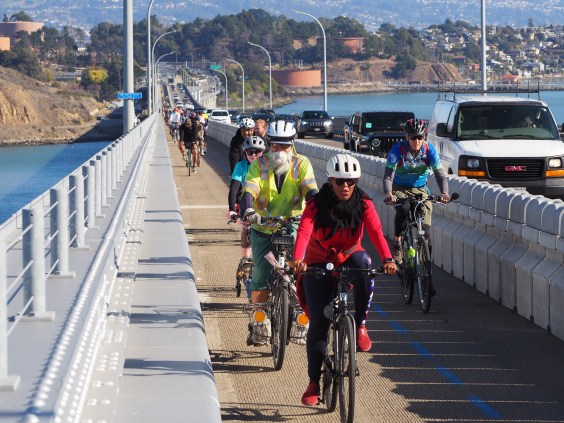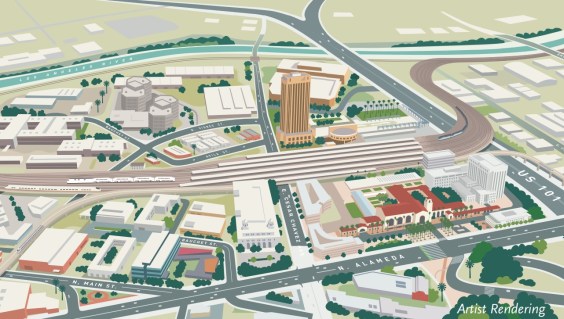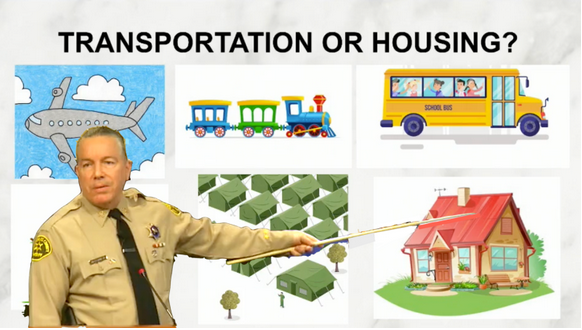Note: GJEL Accident Attorneys regularly sponsors coverage on Streetsblog San Francisco and Streetsblog California. Unless noted in the story, GJEL Accident Attorneys is not consulted for the content or editorial direction of the sponsored content.
This morning a man died from injuries sustained yesterday/Tuesday after he was struck by a motorist, while crossing a street in the Outer Sunset. This afternoon, Bay City News Service, via the SF Chronicle, identified the victim as Dmitry Scotkin, 69.
From Supervisor Katy Tang's office:
The SFWeekly ran a great breakdown last year of the five [now six] fatalities, including another one at 36th, that have taken place over the past ten years on Sloat. "Last year, James Samiere was killed while crossing Sloat Blvd around 36th," wrote Cathy DeLuca, Policy & Program Director for Walk San Francisco, in an email to Streetsblog. "This week, another person walking at Sloat and 36th was killed. It is clear, HAWK signal or not, that this intersection is not safe for people walking."
Details are still coming in (Streetsblog has inquiries out to all the relevant agencies and will update this post accordingly) but Scotkin was hit, as Tang and DeLuca point out, at a location with a recently installed "High-Intensity Activated Crosswalk" or HAWK beacon system. As Streetsblog and Kron4's Stanley Roberts reported several years ago, compliance at these warning beacon crosswalks--despite their recent popularity with traffic engineers--leaves much to be desired.
And on Tang's Facebook page, there was a flurry of complaints from local residents about the lack of compliance with the HAWK lights on Sloat, with every indication that nothing has improved since Kron4's report five years ago. The HAWK lights, by the way, are part of the "Sloat Boulevard Pedestrian Safety Improvements" project. But it seems additional safety features that were slated for 36th were watered down. (More on that near the end of this post).
Streetsblog went out to 36th and Sloat to investigate.
Pedestrians are supposed to have legal priority at any unsignaled crosswalk, so when you want to cross, you make sure traffic is obeying the law and stopping, and then you cross. Not so at 36th Avenue. First, you have to push the beg button. It takes a full 36 seconds for the HAWK beacons to reach the "full stop" phase from when one first pushes the button (I hit it a couple of times since it takes a while for anything to happen and I wasn't sure if it had registered). Then, and I crossed four times, one can be sure that at least one car during every cycle will run the red light, as seen below:
In other words, the HAWK lights may or may not make it safer to cross, but they certainly make it more time-consuming.
Additionally, as shown in the video, in the eastbound direction the lights themselves are at least 100 feet past the stop line on an arm slung over the intersection. So flashing lights very high over the intersection, well beyond where the pedestrian is actually crossing? Streetsblog has inquiries out as to why they are placed so far away. But think about the effect at night--the human eye is drawn high up and far from the crossing by a brightly flashing set of lights at exactly the moment when they need to be looking straight in front. No wonder, even in the day, not a single set of motorists actually stopped at the stop line. Well, that, and the fact that in California violations are continually overlooked, and drivers licenses are all-but-impossible to lose, even for the most egregious offenses.

In addition, there are no crosswalks across the off-ramps and on-ramps between Sloat and Sunset. The unprotected stripped bike lanes also stop at the off-ramps, where motorists fly by at freeway speeds. In other words, Caltrans has basically slapped a HAWK signal into the middle of a freeway interchange in the middle of a residential neighborhood full of seniors and called it 'safety.'

Streetsblog didn't find anyone who actually saw the crash, but Maggy Frias works and lives in the area and she saw the victim getting loaded into the ambulance yesterday morning. She also pointed out that when the bus is stopped (there's a stop right in front of the crosswalk) it blocks motorists' view of any crossing pedestrians. In an ideal universe, cars should be stopping anyway when the lights are red, but, as shown in the video above, many don't. In addition, she said the HAWK lights are blinding at night. Irene (she asked Streetsblog to withhold her last name) also lives and works in the area. She said nearby crosswalk timings are too short for seniors to get across all of Sloat. "People [motorists] just go. They just don't care."
"Any six-lane highway that runs through a city isn't safe for residents and visitors to navigate on foot. This is especially true for seniors, like the one who was killed this week, who are five times more likely to be killed in crashes in San Francisco," added Walk SF's DeLuca.
It seems likely that the only reason there aren't more deaths here is that it's so intimidating; it seems self-evident that few people would feel safe walking or biking across this intersection. Given the lack of crosswalks in any other direction, the HAWK lights seem like nothing more than a flashy sop. As one resident posted on Tang's Facebook page, "This is a half-measure that needs to be replaced by a full, familiar traffic signal, activated by the pedestrians."
That said, according to a post on the Public Works web page, SFMTA had planned on a more robust crossing at 36th, but "SFMTA is no longer pursuing the bus bulb on 36th Avenue; a smaller pedestrian bulb is proposed to provide sidewalk space for Hybrid Pedestrian Beacon (HAWK) beacon equipment. This change maintains approximately two parking spaces previously proposed to be removed."
So again, safety sacrificed for parking.
This intersection needs full-size bulb-outs, raised crosswalks, better illumination, and infrastructure that forces motorists to slow or risk hitting concrete curbs or bollards, rather than people. But don't hold your breath. According to a post from Caltrans, which SFMTA spokesman Paul Rose confirmed is the lead on the Sloat improvements, the HAWK lights were the last part of the safety project. "Caltrans will activate the signals sometime in May 2018. At that point the project will be complete."






